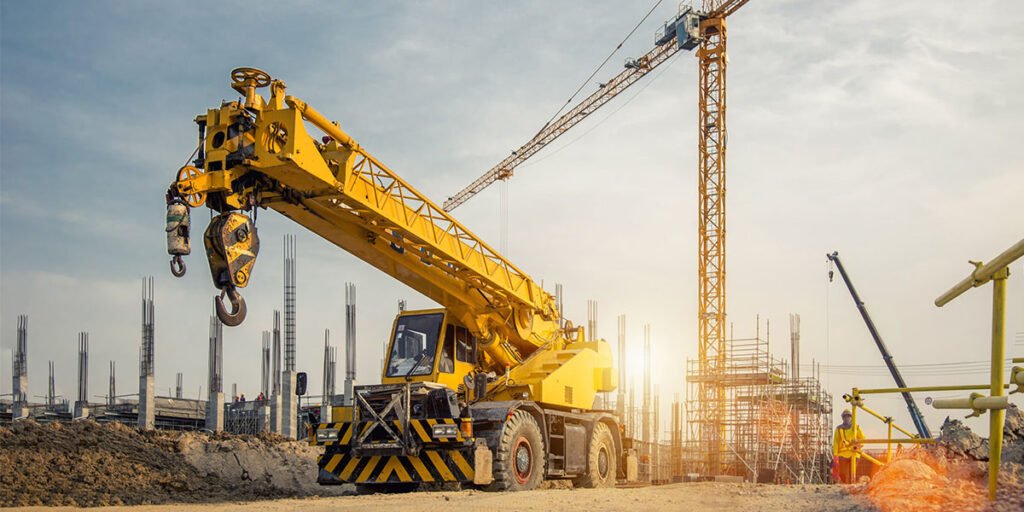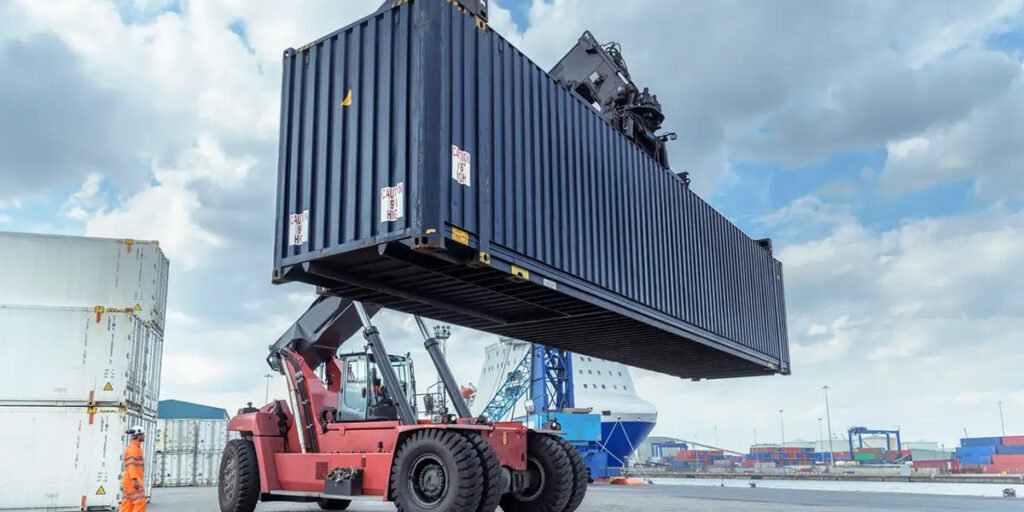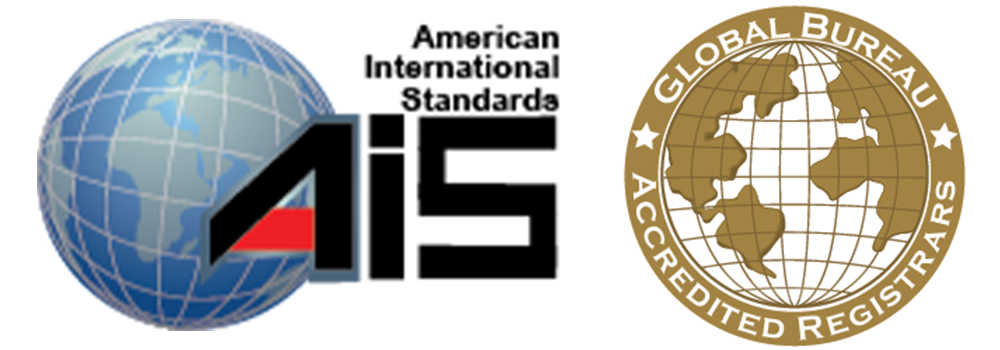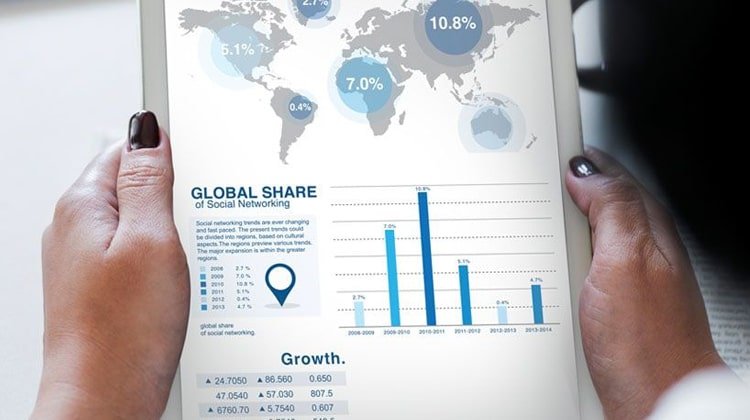
Crane Inspection & Accessories Inspection
Lifting Equipment Inspection, Crane Inspection & Accessories American International Standards (AIS CB) of Inspection & Certification ensure that your equipment performs optimally and without any unfortunate incident.
Why do You Need Lifting Equipment & Crane Inspection?
Lifting Equipment Inspection, Crane Inspection & Accessories inspections are vital for worker safety and proper operating standards. These Inspections are made compulsory by regulatory bodies and ensure the safety and reliability of your equipment. They are making sure that your workers and investment are safe.

- Crane position on the firm and level ground without rigger fully extended and placed on outrigger pad.
- Tires of the ground.
- Certified Rigger & Crane operator.
- The safe load indicator is working.
- Inspect the crane leakage before lifting.
- The load’s weight is confirmed and within the crane’s safe working limit.
- Safety devices are not bypassed.
- The swing radius is barricaded & no unauthorized entry into the lifting zone.
- Lifting tools must be free from any defects.
- Wind speed up to 32 km/ph. It is permissible while lifting.
- Rigging plan for all critical lifting, etc.
How to prepare a Lifting Plan?
Basic safety measures before lifting operation
- Ensure approved method statement and Risk Assessment (MS & RA) for lifting operation.
- Ensure Valid TPI of lifting machine (Crane, Hydra, Farana) and all tools & Tackles.
- Ensure the operator should be competent and certified.
- The right selection of Lifting machines (Crane, Hydra, Farana) and lifting tools (Sling, D’Shackle, Web Sling, etc.) for lifting load.
- Visual Inspection to be done Lifting machine (Crane, Hydra, Farana), all tools and slings as per standard checklist.
- Know the lift load.
- Ensure free from any obstruction (Building, equipment, overhead line, etc.) from access and swinging boom.
- Ensure restriction of unauthorized entry.
- Ensured received a permit to work received and conducted toolbox meeting.
- Ensure conducted stop take five / Step Back / Pre lifting checklist.
What is the lifting plan checklist?
American International Standards (AIS) must ensure safety for Inspections for the following reasons:
- Reduces downtime caused by equipment breakdown—easily detect hazardous conditions that can cause an accident.
- Low repair costs by correcting defects before the equipment is seriously or permanently damaged.
- It helps uncover any needs that may be dangerous to operators that are not easily seen while in operation. Read More.
Why Choose Us?
American International Standards (AIS CB) of Inspection and Certification has a long-standing reputation in World Wide as the most reliable certification & Inspection services provider. Our Company performs inspections under the guidelines of LEEA (Lifting Equipment Engineers Association). We hold a vast clientele list in World Wide, including the oil & Gas sector, Power sector, Logistics & FMCG companies. We have rich expertise in Inspections of Lifting Equipment, cranes, and Accessories, including but not limited to.
- Cranes (overhead crane inspection, Gantry, Crawler, Truck Mounted, Mobile Crane)
- Fork Lifts
- Stacker
- Chain Blocks
- Hoist
- Harness/ Belts
- Eye Bolts
- Aerial Platform
- Hooks
- Shackles
- Hydraulic Jack & pumps
- Highly proficient specialists
- Specialized reporting system
- Unbiased & independent assessments
- Acquaintance with local regulatory requirements
What happens during lifting equipment/crane inspection?
During these inspections, a series of tests are done as mentioned in the relevant standards of LEEA. These tests aim to check if the lifting equipment or crane is performing within the safety standards. e.g., one of the tests included lifting items with varying weights to see how the equipment performs under stress.
When lifting equipment/cranes should be inspected?
The frequency of inspection depends on the usage of the equipment. It should be inspected at the time of installation and once every 6 to 12 months, depending on the requirements mentioned in LEEA standards.
Who can do these inspections?
There are specific requirements that must follow. An experienced person should do these inspections with proper practical and theoretical knowledge to examine thoroughly. It will enable them to detect defects or weaknesses.
- Boom
- Sling
- Shackle
- Anti-Two Block Device
- Outer Rigger
- Auxiliary Hoist
- Pulley
- Web Sling
- LMI (Load Movement Indicator).








